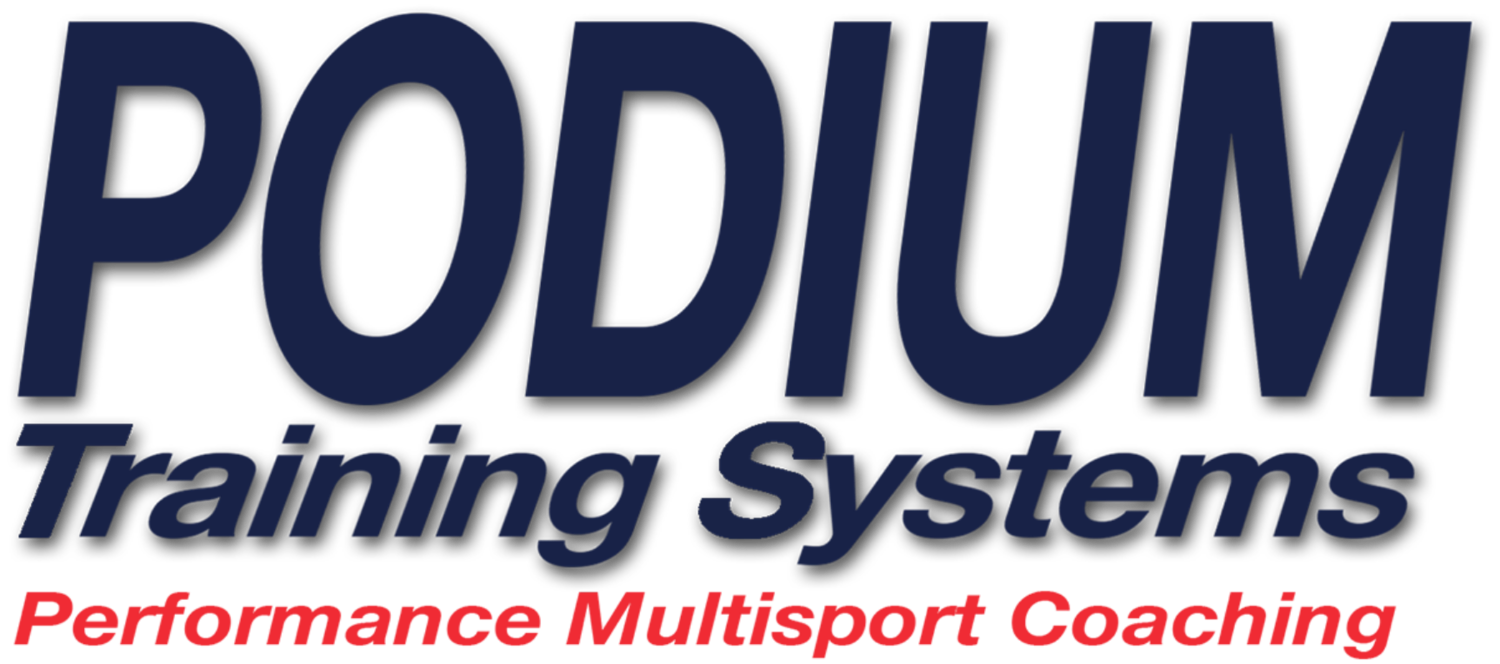Racing season is upon us. My athletes are - just after this past weekend - into full racing mode. With that, the demand from triathletes to hone and enhance their swim strokes is going up.
Swimming is perhaps the most mechanically dependent discipline in triathlon. Not that running and cycling aren’t without their mechanics and efficiency, but nowhere do you find such a direct relation to economy of stroke, mechanical efficiency, and speed. That being said, having a clean, efficient, and strong pull phase of the swim stroke is one of the most important things to focus on in the swim. Now, I'm certainly not discounting body position, head position, and other aspects of the stroke. But for now, let's just focus on the pull phase of the stroke as this is where the majority of the propulsion is derived. Maximizing the energy spent in this phase of the stroke is critical to the economy we can build into the swim.
What do I look for? First and foremost, a quick catch phase. This is the phase of the stroke, immediately after your hand enters the water, that you’re starting the stroke and “grabbing” water. The catch needs to happen quickly – removing a long glide phase from the stroke cycle. Why? In open water, there's too much cavitation of water from other swimmers around you. The goal is to catch water that isn't moving (or at least not moving as quickly as you) to help provide maximum propulsion.
Once the catch phase has been initiated, you’re looking to get to a position of early vertical forearm, or EVF. This ensures that your athlete is pushing/moving as much water as possible during the pull phase without the dreaded "dropped elbow". If you don't know what I mean by that - contact me!
By moving to this EVF position, we can ensure that we are engaging the larger muscle groups (bicep, tricep, and latissimus dorsi) and not putting too much stress on the shoulder itself. A straight arm pull puts a large amount of stress on the shoulder and can increase the chance of overuse injury.
How do we work on a quick catch and an early vertical forearm stroke? Through overcorrection of form via drills and mechanics work. There are a number of drills that can be employed to work on the pull phase of the stroke, but below are some of my favorites that I’ve had great success with. They’re simple, effective and can be incorporated into any warm up set of a swim workout.
- High Elbow Drill
- Fist Swim
- Dog Paddle
I could go into lots of detail of how these drills work, look, and should be implemented. However, those are lengthy explanations. So, if you're not familiar with these drills you can do some quick searches online. Or better yet, just contact me. I'll be happy to take a little time to explain how these work.
It’s important to note that drills are about over correction, and exaggerated movements. In some cases, we place the body in a very inefficient position in the water to focus on a very specific movement. This can cause high fatigue rates. You need to ensure that, when doing drill-based sets, you get enough rest to complete the drills with good form. I usually don’t start anyone out with more than 25 yards at a time, and only move to 50 yard efforts for some very specific drills.
Swimming is a tricky, complicated, discipline. It's hard to master, and sometimes hard to teach and instruct. I get a huge amount of pleasure from working with athletes and coaches alike on this topic. Please do reach out with questions.


